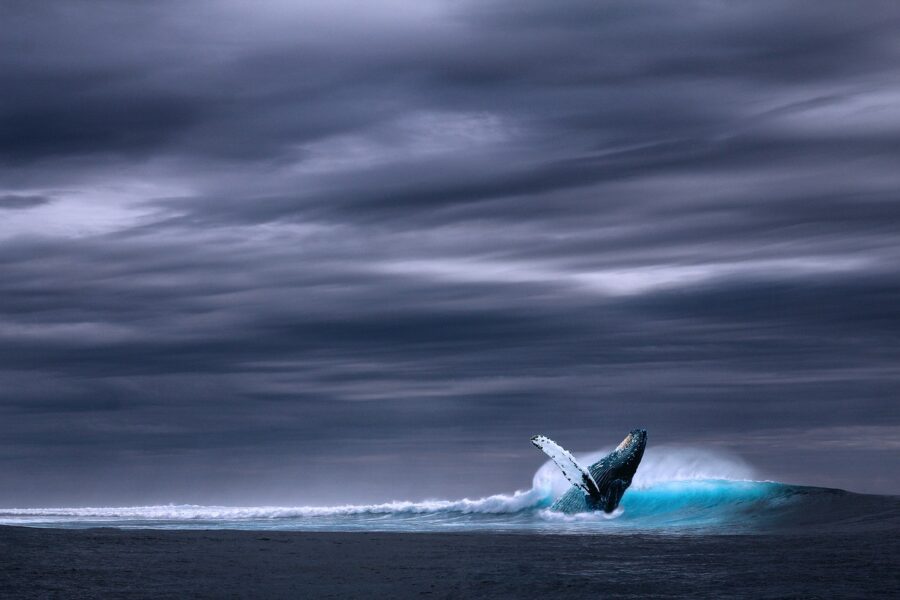Scientists Find Ancient Massive Creature In The Middle Of The Desert

Science Alert reports that paleontologists have discovered massive whale fossils in Egypt that date back to 41 million years ago. Finding ancient fossils isn’t anything new by any stretch of the imagination, but in this case, the whale remains were quite telling.
Fossils of a long-extinct whale were discovered in the deserts of Egypt.
This extinct whale species, now referred to as Tutcetus rayanensis, reveals that it was around this time that whales transitioned from land to water, which could explain why this particular breed of whale is much smaller than other basilosaurids, the first kind of whales that lived exclusively underwater.
Scientists have estimated that the whale remains in question would have weighed roughly 410 pounds, and been about eight feet long when the creature was alive over 40 million years ago. But there are certain crucial features that have clued us into the evolutionary process of what we believe to be the earliest version of the modern sea-dwelling whale that we know today.
This discovery tells us that the species was already well into its transition to no longer being a land-mammal, and probably didn’t bulk up until its aquatic body was fully streamlined with stronger flippers and fins to carry its weight.
Just 50 million years ago, whales used to walk on land before fully adapting to an aquatic lifestyle. These new whale fossils, which were discovered in Egypt’s Fayoum Oasis, are providing insight to the whale’s transition from land to ocean habitats.
The evidence that suggests that this was one of the earliest iterations of Tutcetus rayanensis that most closely resembles the whales that we know and understand today is the fact that there is evidence of flippers that very well may have been hind legs.

According to study team leader Hesham Sallam, the hind legs on this whale probably weren’t used for walking on land, but rather for mating during this phase of the whale’s evolution. This line of thinking makes sense, considering that whales used to walk around on all four legs, but there is only evidence of two legs on Tutcetus rayanensis.
This discovery tells us that the species was already well into its transition to no longer being a land-mammal, and probably didn’t bulk up until its aquatic body was fully streamlined with stronger flippers and fins to carry its weight.
As for the whale’s size, it also makes sense that it was considerably smaller than other whales. If this early version of the whale was making its way back and forth from water to land, but not fully equipped to live in the water, then having a smaller overall size would allow it to move around more easily.
50 million years ago, whales used to walk on land before fully adapting to an aquatic lifestyle.
For context, the average blue whale weighs anywhere from 200,000 to 300,000 pounds, and has a heart the size of small car. Imagine having to lug yourself around with that kind of weight on dry land. But when looking at the 3D reconstruction of Tutcetus rayanensis, its appearance looks more like a dolphin than a common whale.
This exciting discovery about the evolutionary development of the modern whale is cluing us into one of the earliest phases of the sea-dwelling mammal. As more fossils turn up, we may very well learn about other interim steps in the species’ evolution that will reveal to us how the full transition was made over tens of millions of years.












